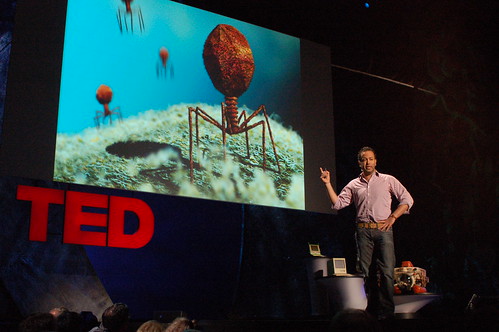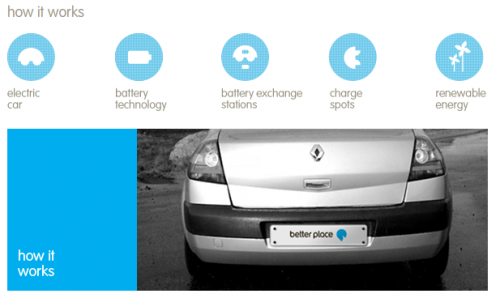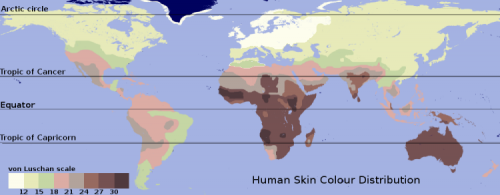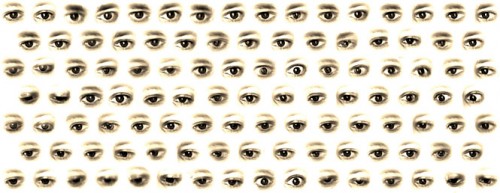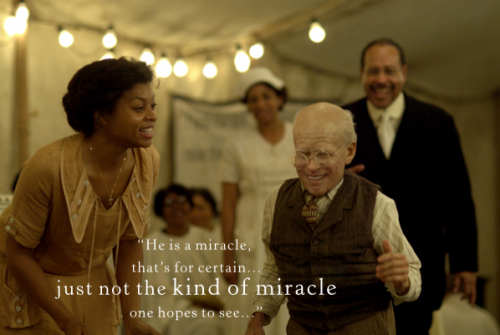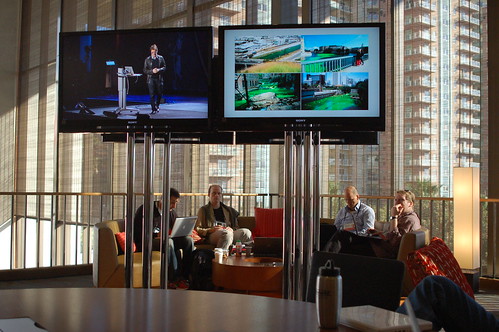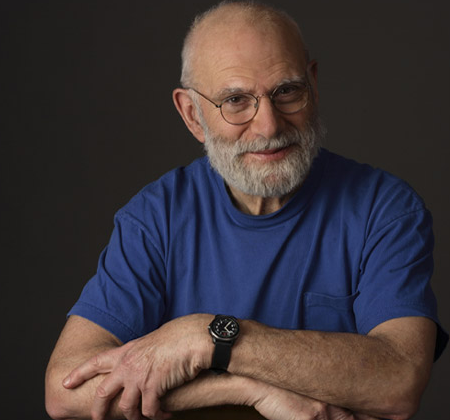Session 1 at TED just ended, and it can only be described as an “only at TED” moment for me.
Why?
Simply because it showcased just how eclectic and fascinating this event is. Where else do you start with a talk by professor Daniel Khaneman who originated the study of Behavioral Economics, move on to the London and here a talk live from David Cameron who is leading the Conservative party in the UK, and then on to Jake Shimabukuro an amazing ukelele player…
Khaneman gave an engaging talk on “happiness”, where he talked about the difference between “being happy with your life versus being happy in your life.” There’s a difference between how we experience life and how we remember our experiences of life.
“If you knew that all of your pictures would be destroyed and that you would get amnesia, would you choose the same vacation?”
David Cameron is expected to be the next Prime Minister of the UK, he was the surprise talk this morning, telecasting in from London. He asked, “How do we make things better without spending more money?”. Pointing out that the global debt level is over 32 trillion (Pounds?).
His answer: use behavioral economics plus the information revolution and let’s see how we can change society.
Cameron’s prescription for this comes in three parts:
- He wants to see greater transparency of government data. Stating that we have only scratched the surface of what can be done with open government data.
- Choice. What happens if the government doesn’t mandate, but allows people to choose? He uses examples of web-based shopping engines and wonders how that can be applied to things like healthcare.
- Accountability. Using an example of the Chicago crime map he wonders what will happen as we give the people power to see what is happening and hold the government and police to account for what happens.
Esther Duflo, from the Poverty Action Lab at MIT, gave a mesmerizing talk on the aid and development sphere, using examples from Africa and India. She’s asking the hard questions and trying to answer them scientifically, pointing out that much of the arguments (ie, Easterly vs Sachs) being made for/against things like bed nets in Africa are more emotional than substantial.
“It’s not the middle ages any more, it’s the 21st century.”
We can find answers to these questions using randomized control trials. She gave examples like the one where they ran test of 130+ communities using a control, camps and camps with incentives to test if children would be brought in more/less often for immunizations if they were given an incentive of a kilo of lentils.
The answer: they were, 38% more actually. That, and the fact that it was actually cheaper to run the incentivized camps than the normal ones.



